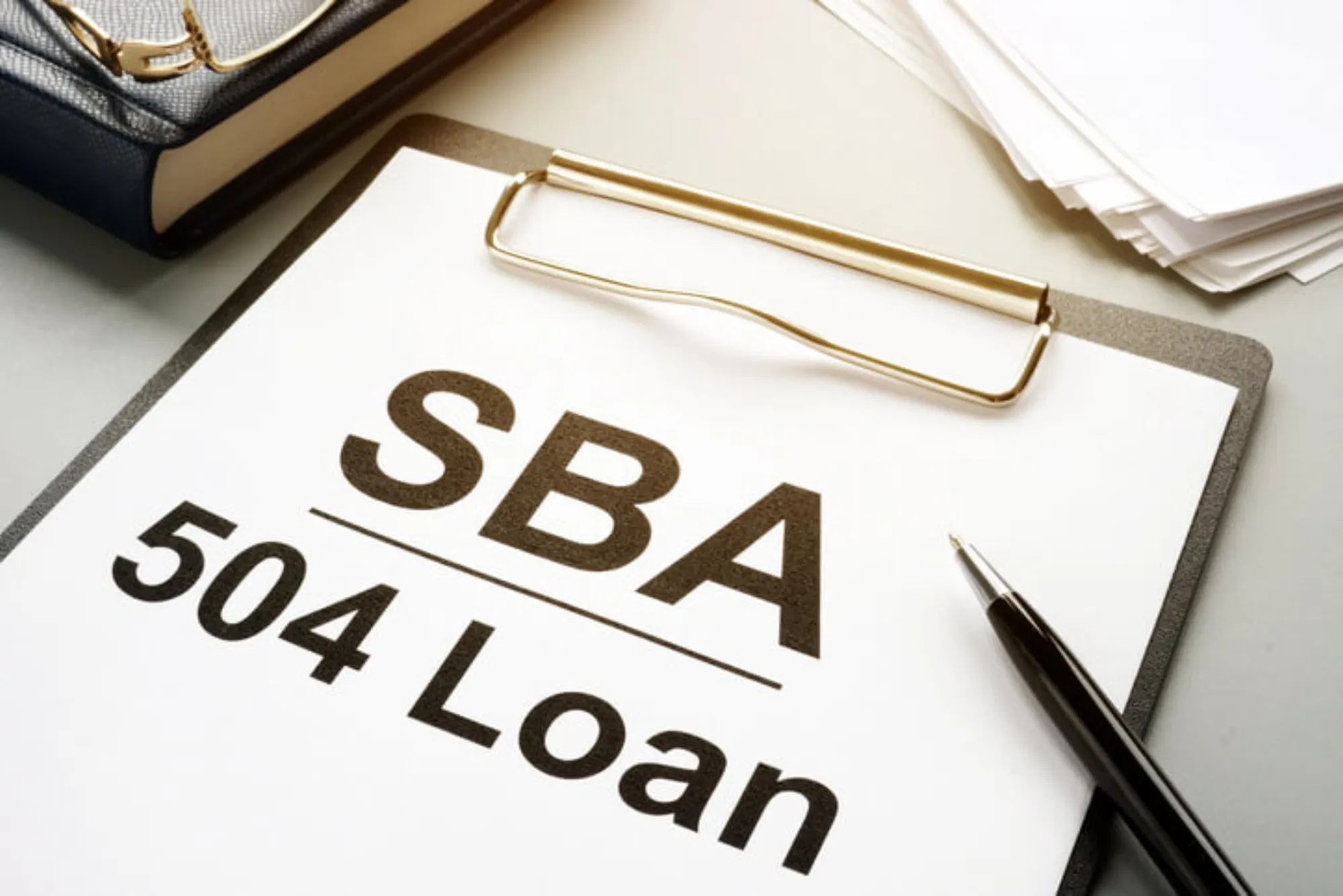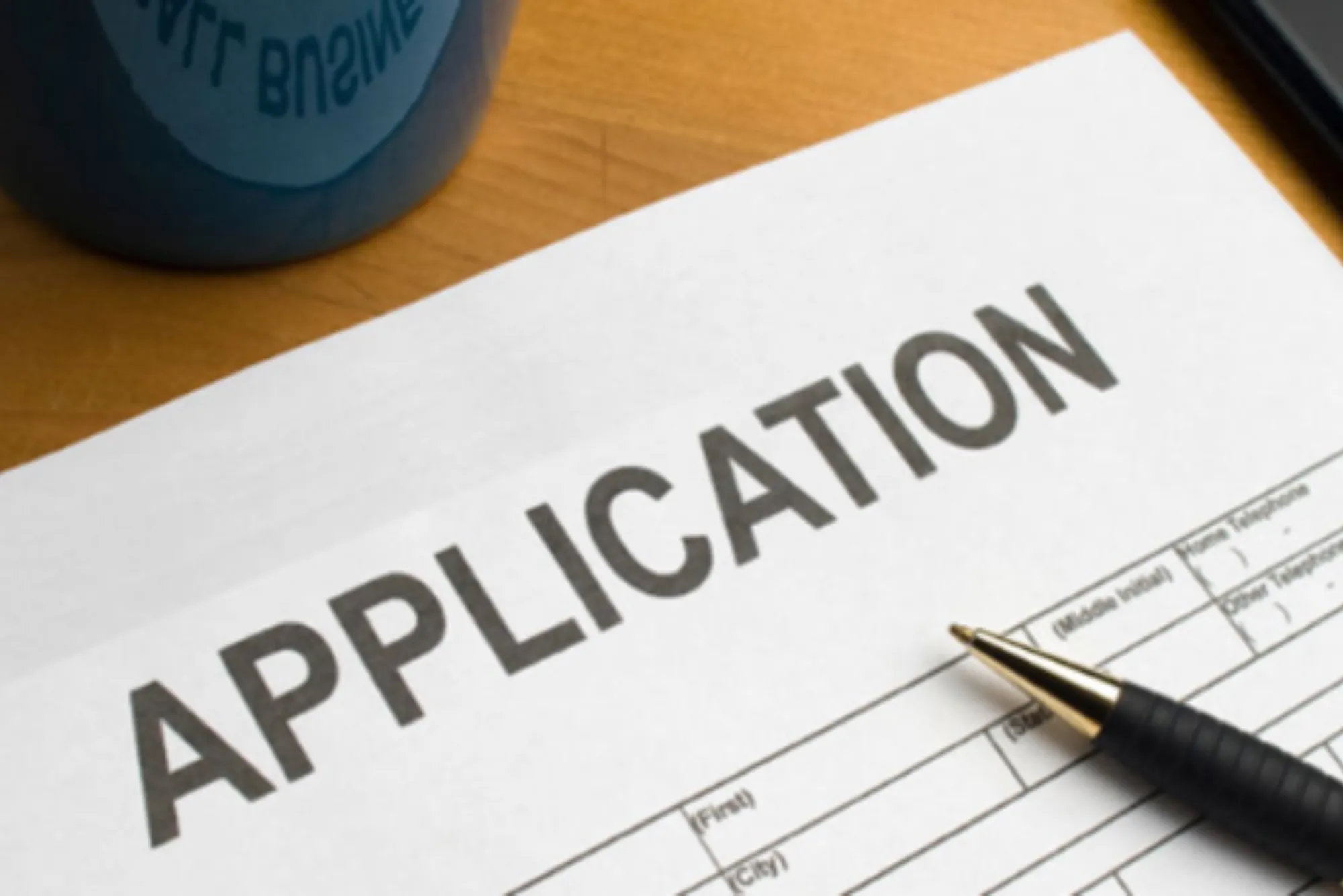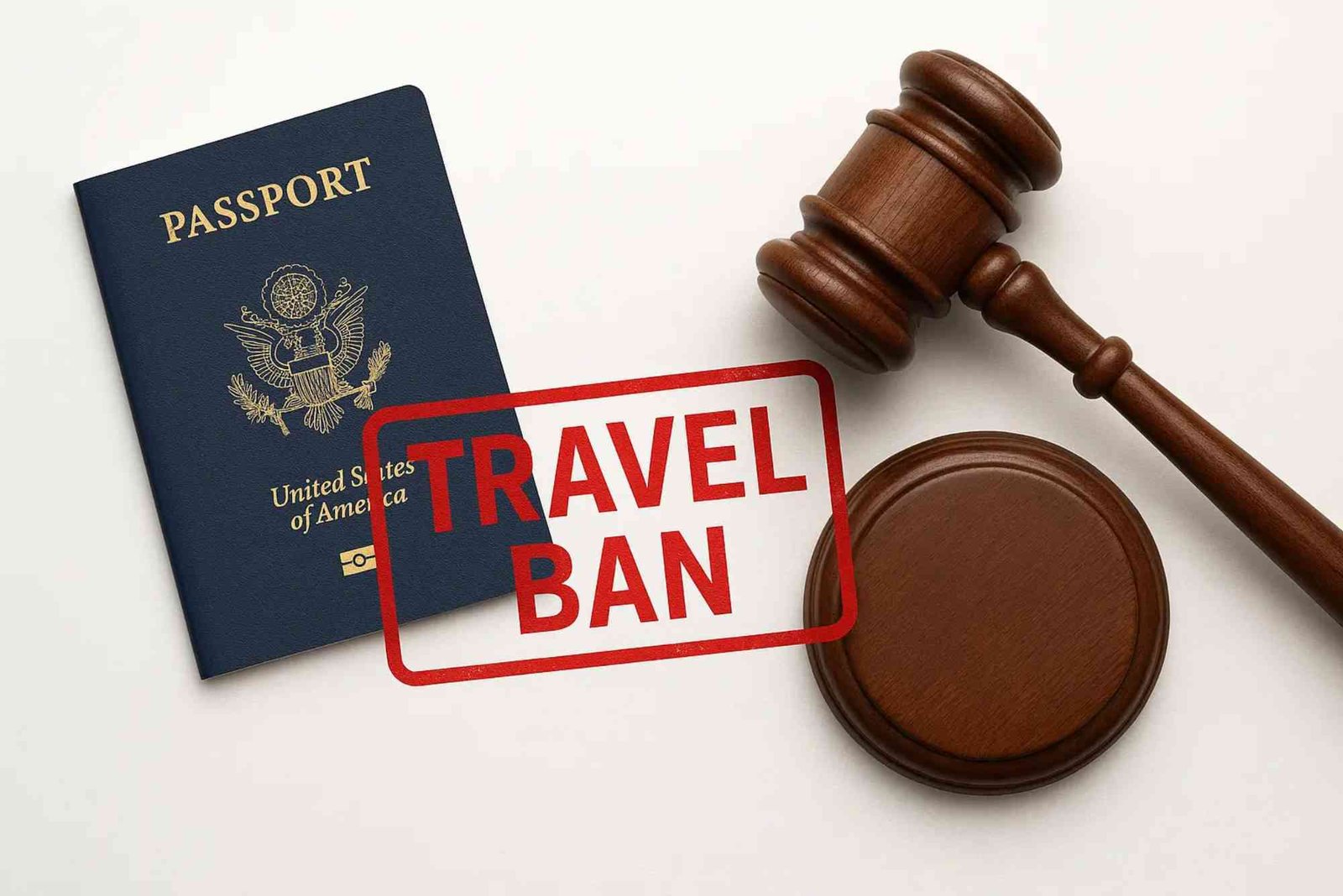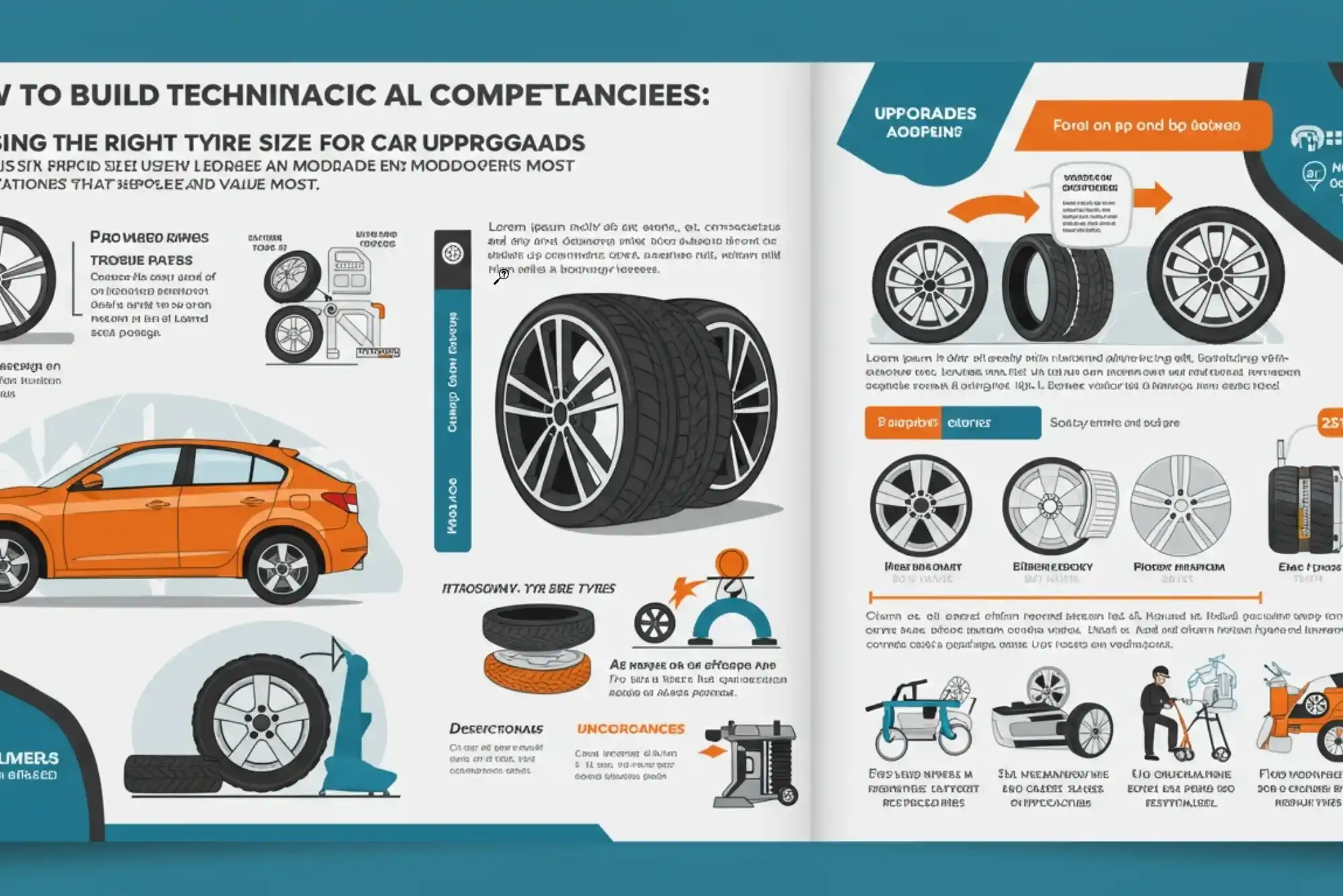The Small Business Administration (SBA) plays a vital role in supporting small businesses across the United States by providing access to affordable financing options. In 2022, SBA loans remain a critical lifeline for entrepreneurs looking to grow or stabilize their businesses amid changing economic conditions. This guide will explore the various types of SBA loans available in 2022, eligibility requirements, application processes, and the benefits and drawbacks of these financing options.
Types of SBA Loans
SBA 7(a) Loan Program
The SBA 7(a) Loan Program is the most popular and versatile loan option offered by the SBA. It provides funding for a wide range of business purposes, including purchasing equipment, acquiring real estate, and funding working capital. Loan amounts can go up to $5 million, making it an attractive choice for many small business owners.
SBA 504 Loan Program

The SBA 504 Loan Program is designed for businesses looking to purchase fixed assets, such as real estate or large equipment. This program offers long-term financing, with loans typically structured as a 40% first mortgage, a 50% SBA loan, and a 10% down payment from the borrower. The maximum loan amount under this program is $5.5 million, depending on the type of project.
Microloan Program
The Microloan Program targets startups and small businesses needing smaller loan amounts, usually up to $50,000. These loans can be used for various purposes, including purchasing inventory, supplies, and working capital. The Microloan Program is particularly beneficial for new entrepreneurs who may not qualify for traditional financing.
Disaster Loans
SBA Disaster Loans provide financial assistance to businesses affected by natural disasters or economic crises. These loans help cover repair costs, replace damaged property, and maintain business operations. Eligibility is determined based on the type of disaster and the extent of the damage.
| Loan Type | Maximum Loan Amount | Purpose | Key Benefits |
|---|---|---|---|
| SBA 7(a) Loan | $5 million | General business purposes | Versatile use, lower rates |
| SBA 504 Loan | $5.5 million | Real estate and equipment | Long-term financing |
| Microloan Program | $50,000 | Startup costs, working capital | Accessible for new businesses |
| Disaster Loans | Varies | Disaster recovery | Helps restore business operations |
Eligibility Requirements for SBA Loans
To qualify for an SBA loan, businesses must meet specific eligibility criteria, including:
- U.S. Based: The business must be located and operating in the United States.
- Size Standards: The business must adhere to the SBA’s size standards, which vary by industry.
- Legal Structure: Eligible entities include sole proprietorships, partnerships, corporations, and limited liability companies (LLCs).
- Creditworthiness: While the SBA does not set a minimum credit score, a good credit history increases the chances of approval.
- Business History: The business should have a proven track record, though startups may qualify under certain programs like the Microloan.
Interest Rates and Fees
SBA loan interest rates are typically lower than those of conventional loans, making them an attractive option for borrowers. Rates can vary based on the loan type and lender but are generally set as a spread over the prime rate. Typical fees associated with SBA loans include:
- Origination Fees: Charged by lenders for processing the loan.
- Prepayment Penalties: May apply if the borrower pays off the loan early.
| Loan Type | Interest Rate Range | Typical Fees |
|---|---|---|
| SBA 7(a) Loan | 5% – 10% | 0% – 3% origination fee |
| SBA 504 Loan | 3.5% – 6% | 1% – 2.5% origination fee |
| Microloan Program | 8% – 13% | Varies by lender |
| Disaster Loans | 3.75% (business) | None |
How to Apply for an SBA Loan
Pre-Application Preparation
Before applying for an SBA loan, it’s essential to gather the necessary documentation, including:
- Business Plan: A detailed plan outlining your business strategy.
- Financial Statements: Recent profit and loss statements, balance sheets, and cash flow projections.
- Personal Background Information: Personal financial statements and credit history.
Application Process

- Find an SBA-Approved Lender: Research local lenders who participate in SBA lending programs.
- Complete the Application: Fill out the application form and submit it along with the required documentation.
- Submit for Approval: The lender will review your application and determine your eligibility.
Approval Timeline
The timeline for approval can vary based on several factors, including the loan type and the lender’s processes. Typically, it can take anywhere from a few weeks to several months to receive funding.
Benefits and Drawbacks of SBA Loans
Benefits
- Lower Interest Rates: SBA loans offer competitive rates compared to traditional loans.
- Longer Repayment Terms: Borrowers benefit from extended repayment periods, making monthly payments more manageable.
- Support for Diverse Businesses: The SBA provides resources for various business types, including startups and underserved communities.
Drawbacks
- Lengthy Application Process: The approval process can be time-consuming, which may deter some borrowers.
- Strict Eligibility Criteria: Meeting the eligibility requirements can be challenging for some businesses.
- Loan Limits: While SBA loans can provide significant funding, there are caps on loan amounts that may not meet all business needs.
SBA Loans for Startups and New Businesses
Startups often face challenges in securing funding. However, several SBA loan programs cater specifically to new businesses. The Microloan Program is particularly suitable for startups, offering smaller loan amounts to help cover initial costs. Additionally, the SBA 7(a) program can also be an option for businesses with a solid business plan and financial projections.
Frequently Asked Questions (FAQs)
What happens if I default on an SBA loan?
Defaulting on an SBA loan can result in severe consequences, including the loss of collateral and damage to your credit score. The SBA may pursue legal action to recover the owed funds.
Can SBA loans be used to refinance debt?
Yes, certain SBA loan programs allow for the refinancing of existing business debt, provided it meets specific criteria.
Are there SBA loan programs specifically for veterans or minority-owned businesses?
Yes, the SBA has specific initiatives and programs aimed at supporting veterans and minority-owned businesses, including grants and specialized loan options.
How long does the SBA loan application process take?
The application process can take anywhere from a few weeks to several months, depending on the complexity of the application and the lender’s review process.
Is collateral required for SBA loans?
Collateral is often required for SBA loans, particularly for larger loan amounts. However, the SBA has guidelines for what can be accepted as collateral.
Additional Resources and Support
For more information about SBA loans, visit the official SBA website. Additionally, local Small Business Development Centers (SBDCs) offer resources and guidance for businesses seeking assistance with SBA loans and other funding options.
In 2022, SBA loans continue to provide vital support for small businesses looking to thrive in a competitive environment. With various loan types available and favorable terms, small business owners should consider SBA loans as a viable financing option. Taking the time to understand the application process and eligibility requirements can significantly improve the chances of securing the funding needed for business growth.
This article provides a comprehensive overview of SBA loans in 2022, including types, eligibility, application processes, and FAQs to assist visitors effectively. If you need any changes or additional information, feel free to ask!









